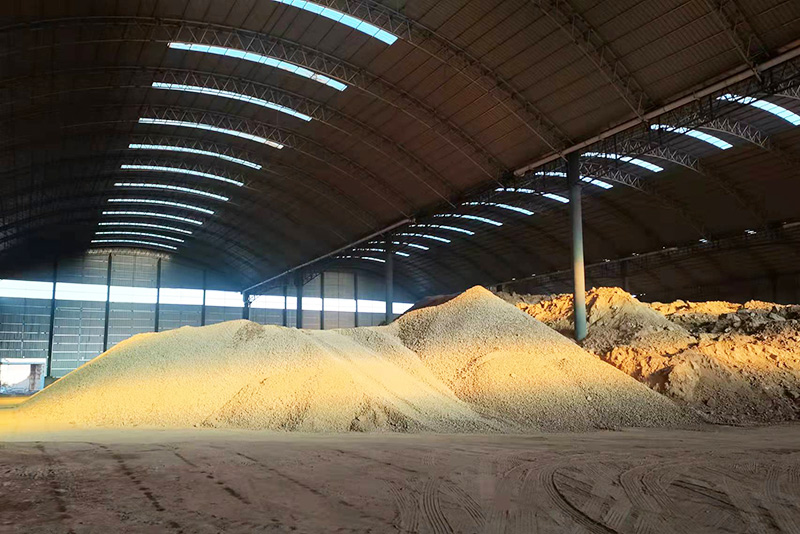The Evolution of 3D Printed Sand Casting Patterns
In recent years, the manufacturing industry has seen a significant transformation with the advent of 3D printing technology. One of the most notable applications of this technology is in the creation of sand casting patterns. Traditionally, the process of making sand casting patterns has been labor-intensive and time-consuming, requiring skilled artisans to carve patterns from materials such as wood or metal. However, the introduction of 3D printed patterns has revolutionized the casting process, offering several advantages that streamline production and enhance design capabilities.
Understanding Sand Casting
Sand casting is a widely used method for producing metal parts, particularly for complex shapes and large components. The process involves creating a mold from sand, into which molten metal is poured. The quality of the final casting largely depends on the accuracy and consistency of the pattern used to form the mold. This is where 3D printing comes into play, providing the ability to produce precise and intricate patterns with relative ease.
Advantages of 3D Printed Patterns
1. Design Flexibility One of the most significant benefits of 3D printing is the ease with which complex geometries can be produced. Designers can create intricate features that would be challenging or impossible to achieve with traditional methods. This flexibility allows for innovation in product design, enabling the creation of lightweight structures and optimized shapes that enhance performance while reducing material waste.
2. Reduced Lead Times The traditional pattern-making process can take weeks or even months, depending on the complexity and material. With 3D printing, patterns can be produced in a matter of days or even hours. This rapid prototyping capability allows manufacturers to respond quickly to changing market demands and customer needs, significantly reducing lead times.
3d printed sand casting patterns

3. Cost-Effectiveness Although the initial investment in 3D printing technology may be high, the overall cost savings can be substantial. 3D printed patterns minimize material waste and reduce labor costs associated with traditional pattern-making techniques. Moreover, as production scales, the cost per part is lowered, making it economically viable for both small and large production runs.
4. Customization 3D printing allows for easy customization of patterns. Companies can respond to specific customer requests or tailor designs for specialized applications without incurring the costs typically associated with custom tooling. This level of personalization is increasingly important in industries where unique or specialized components are in demand.
5. Sustainability As industries increasingly focus on sustainability, 3D printing offers a more environmentally friendly approach to manufacturing. The process generates less waste compared to traditional methods, and the materials used in 3D printing can often be sourced from recycled content. This aligns with the growing emphasis on sustainable manufacturing practices.
Challenges Ahead
While the benefits of 3D printed sand casting patterns are clear, there are challenges that the industry must address. The quality of printed materials often requires close scrutiny to ensure they can withstand the rigors of casting processes. Additionally, there's a learning curve associated with adopting new technologies, necessitating investment in training and development.
Conclusion
The incorporation of 3D printed sand casting patterns represents a significant advancement in manufacturing technology. By offering enhanced design flexibility, reduced lead times, cost savings, customization options, and sustainable practices, 3D printing is redefining the sand casting landscape. As technology continues to evolve, it is likely that we will see even more innovative applications and improvements that push the boundaries of what is possible in the manufacturing sector. The future of casting is not only brighter but also infinitely more adaptable, and 3D printing stands at the forefront of this evolution.
Post time:Сеп . 28, 2024 09:56
Next:why is sand casting used
